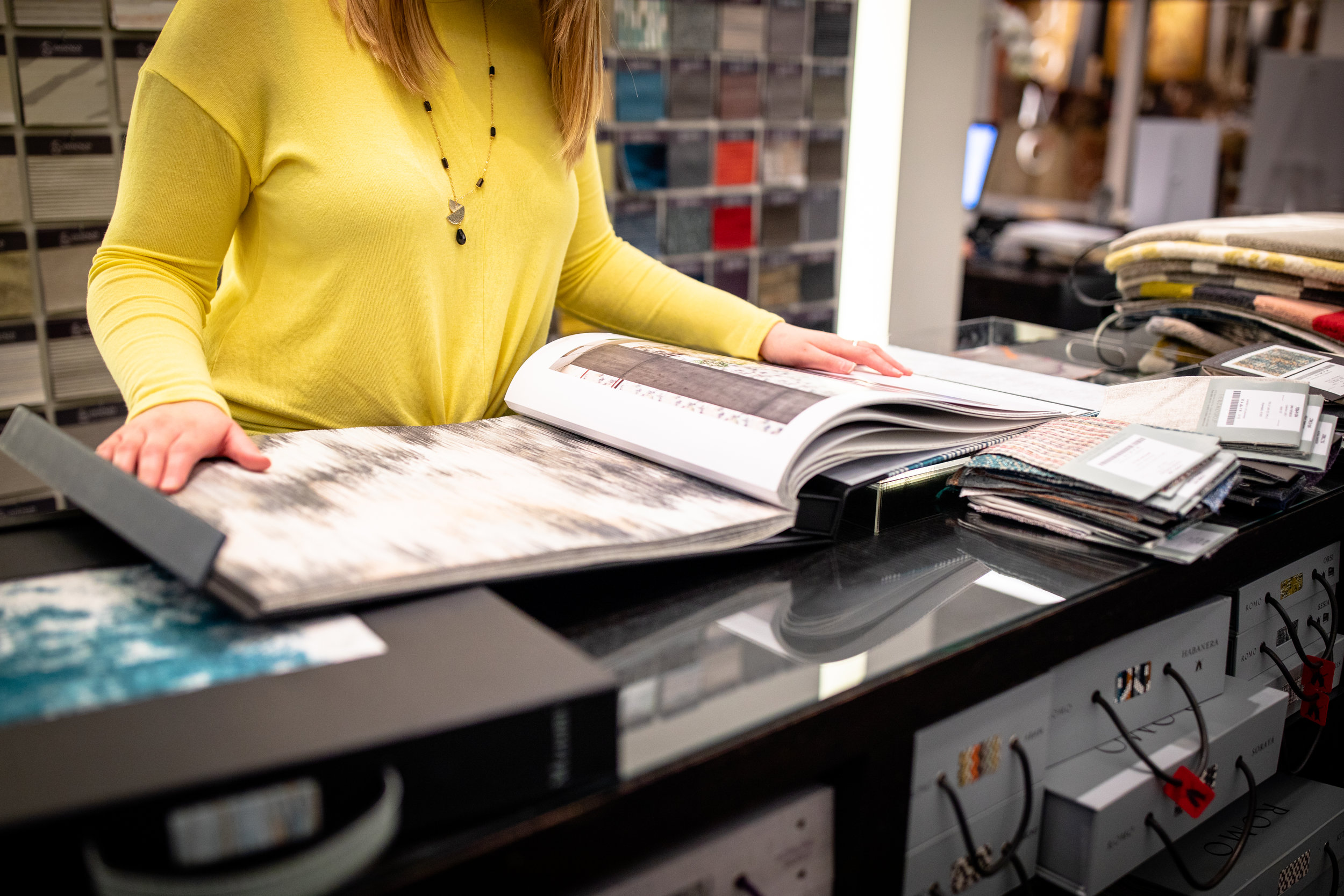What is Interior Design?
Whenever I meet someone new, I always get the question “So what does an Interior Designer actually do?”
Here’s my response: “Look around this room, what do you see? Someone had to select and layout these ceiling light fixtures, place those EXIT signs and sprinkler heads, select all the furniture and arrange it in a way that a wheel chair could pass by, specify this specific flooring material and make sure it meets slip resistance standards so you won’t fall, select that drapery fabric and make sure it meets fire code standards so that it doesn’t contribute to flame spread if the room were to catch fire.” The list goes on and on. Anytime you are in a space, it was someone’s job to specify and design every little component and make sure it meets applicable building codes, all while understanding design aesthetics on a scientific and artistic level. That’s what an Interior Designer does.
An Interior Designer can be your partner, your advocate and can help guide you through the decision making process; we help our clients realize their vision and create an environment that is uniquely theirs. It is important to involve an Interior Designer in the early stages of a project, as they can help you avoid costly mistakes, provide you with valuable resources, and help you find experts to execute the job on your timeline and budget.
The Council for Interior Design Qualification (CIDQ) recently released an updated definition of Interior Design:
“Interior design encompasses the analysis, planning, design, documentation, and management of interior non-structural/non-seismic construction and alteration projects in compliance with applicable building design and construction, fire, life-safety, and energy codes, standards, regulations, and guidelines for the purpose of obtaining a building permit, as allowed by law. Qualified by means of education, experience, and examination, interior designers have a moral and ethical responsibility to protect consumers and occupants through the design of code-compliant, accessible, and inclusive interior environments that address well-being, while considering the complex physical, mental, and emotional needs of people.”



